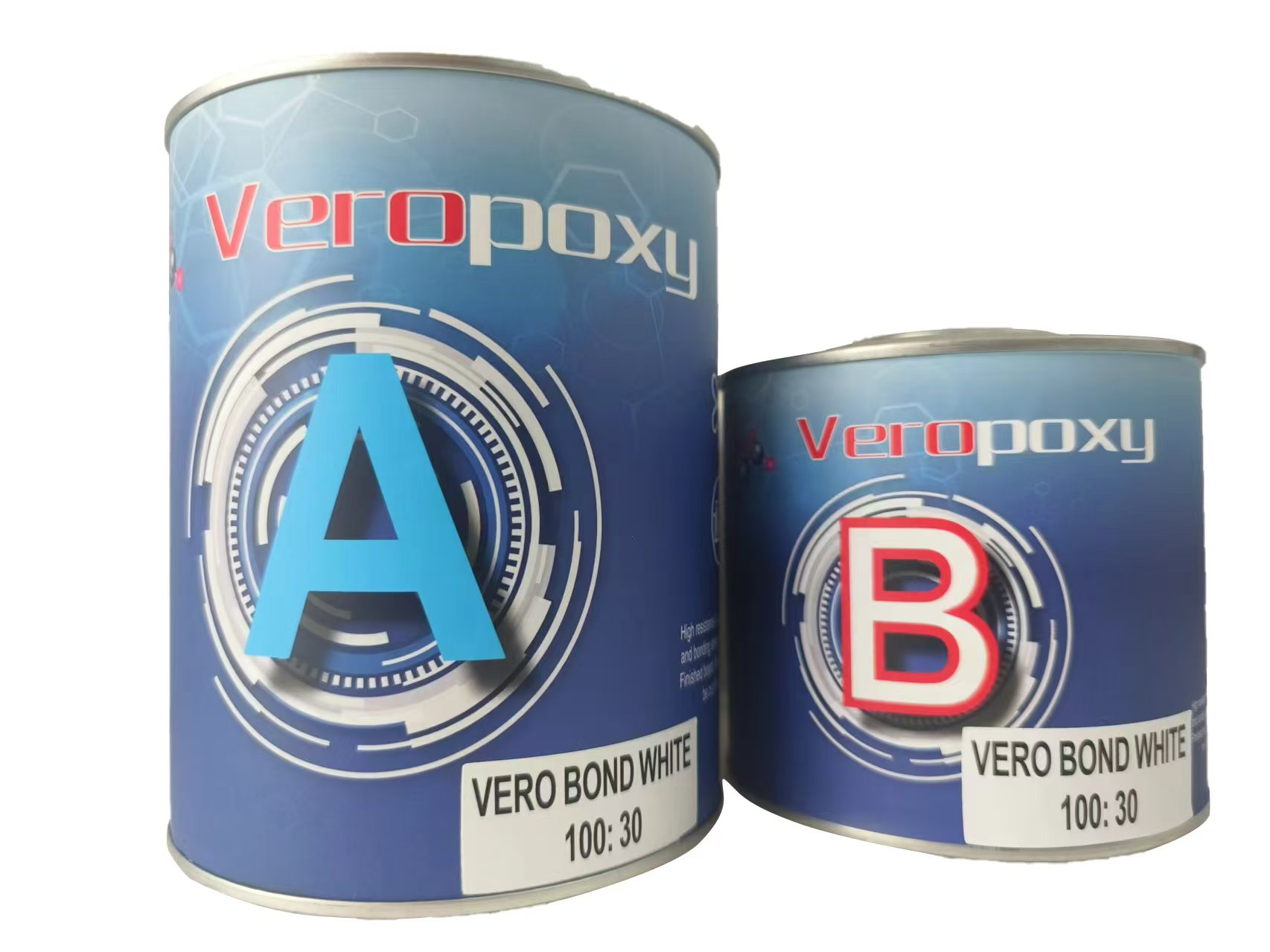Travertine—a stone that carries the charm of antiquity—has been a staple in architecture and interior design for centuries. Rustic and modern homes love it because of its subdued colours and unusual textures. Travertine does, however, have certain unique qualities like all natural stones, including pores, flaws, and wear-ability.

Epoxy resin
Enter epoxy, the modern-day marvel touted for its ability to seal, protect, and even enhance surfaces. On polished travertine, however, how does epoxy interact with its visual appeal? Does it accentuate or diminish the inherent grace with synthetic gloss? Let’s examine how epoxy and polished travertine interact to explore their possibilities to change this timeless stone.
The Natural Allure of Polished Travertine
Polished travertine is known for its silky-smooth surface and understated sheen. Travertine’s polish presents a more subdued, more natural look than that of high-gl gloss marble. The stone’s veins and patterns define it and produce a visual depth that seems both opulent and grounded.
However, travertine’s porous nature can pose challenges. Open pores and tiny voids can collect dirt, absorb moisture, and even contribute to discoloration. Here is where epoxy could be a revolutionary tool.
The Impact of Epoxy on Travertine’s Aesthetic
Filling the Gaps
Travertine’s natural pores are part of its charm, but they can also disrupt the smoothness of a polished finish. Epoxy fills in these voids to produce a perfect surface that glides like glass. This can improve the modern look of travertine, particularly in modern environments where simplicity and clean lines are paramount.
At the same time, filling these pores can reduce the stone’s natural texture, which might not appeal to purists who love the organic feel of travertine. The difficulty is juggling design with utility.
Enhancing Color and Veining
Epoxy resin often amplifies the natural colors and patterns in travertine. The beige, cream, and earthy tones of the stone get richer and more vivid; its veins acquire a startling, almost three-dimensional character.
For designers and homeowners seeking to highlight travertine’s visual appeal, this is a definite win. But some would find that epoxy-enhanced travertine seems too “finished,” or synthetic, particularly in environments where a rustic or natural vibe is intended.
The Gloss Factor
High-Gloss Drama
Epoxy resin often leaves a high-gloss finish that can make travertine look sleek and modern. In places like bathroom vanities or kitchen counters, where a reflective surface lends a bit of luxury, this is especially successful.
On a stone renowned for its understated elegance, the high gloss can occasionally feel inappropriate. matte or satin epoxy options are available for those who want a softer, more natural look; but, careful application is necessary to get the desired result.
Balancing Shine and Subtlety
A common concern with epoxy is its tendency to overshadow the natural character of travertine. Sometimes the sheen of the resin takes front stage in the organic beauty of the stone, giving it more of a manufactured than natural appearance.
To address this, many professionals recommend testing epoxy finishes on a small area first. This makes changes possible to strike a compromise between improving the stone’s characteristics and maintaining its authenticity.
Durability Meets Aesthetics
Protecting the Finish
One of epoxy’s biggest advantages is its ability to protect polished travertine from wear and tear. It guarantees the stone keeps its polished appearance over time by resisting stains, scratches, and moisture.
In high traffic areas like commercial buildings or hallways, this robustness is quite valuable. Some contend, however, that the resin forms a barrier between the stone and the user, so compromising the tactile appeal of the stone.
Yellowing Over Time
Aesthetic concerns arise with certain epoxy resins, which can yellow over time, particularly when exposed to sunlight. Although contemporary UV-resistant formulations help to address this problem, it’s important to choose premium epoxy to preserve travertine’s visual integrity.
Practical Applications
Residential Settings
In residential spaces, epoxy can turn polished travertine into a statement feature. Under pendant lighting, an epoxy-coated kitchen island shines; a bathroom floor becomes a haven of smooth, water-resistant beauty.
Commercial Spaces
For businesses, epoxy-treated travertine is a durable and visually striking choice. Combining the timeless appeal of natural stone with the modern durability of epoxy benefits office buildings, retail stores, and hotel lobbies.
Artistic Uses
Designers and artists often use epoxy to create unique effects on travertine, embedding pigments or even small objects within the resin layer to craft one-of-a-kind pieces. This imaginative approach shows how epoxy might surpass the visual possibilities of travertine.
Epoxy resin is a powerful tool for enhancing the aesthetic appeal of polished travertine. Modern users choose it mostly because of its capacity to fill pores, intensify colours, and shield against damage. Still, the choice to use epoxy should be motivated by personal taste and intended visual result.
For those who appreciate travertine’s natural charm but seek a contemporary twist, epoxy offers a transformative solution. Applied deliberately, it can find the ideal mix between enhancing the stone’s beauty and maintaining its authenticity.
Post time: 11 月-21-2024

